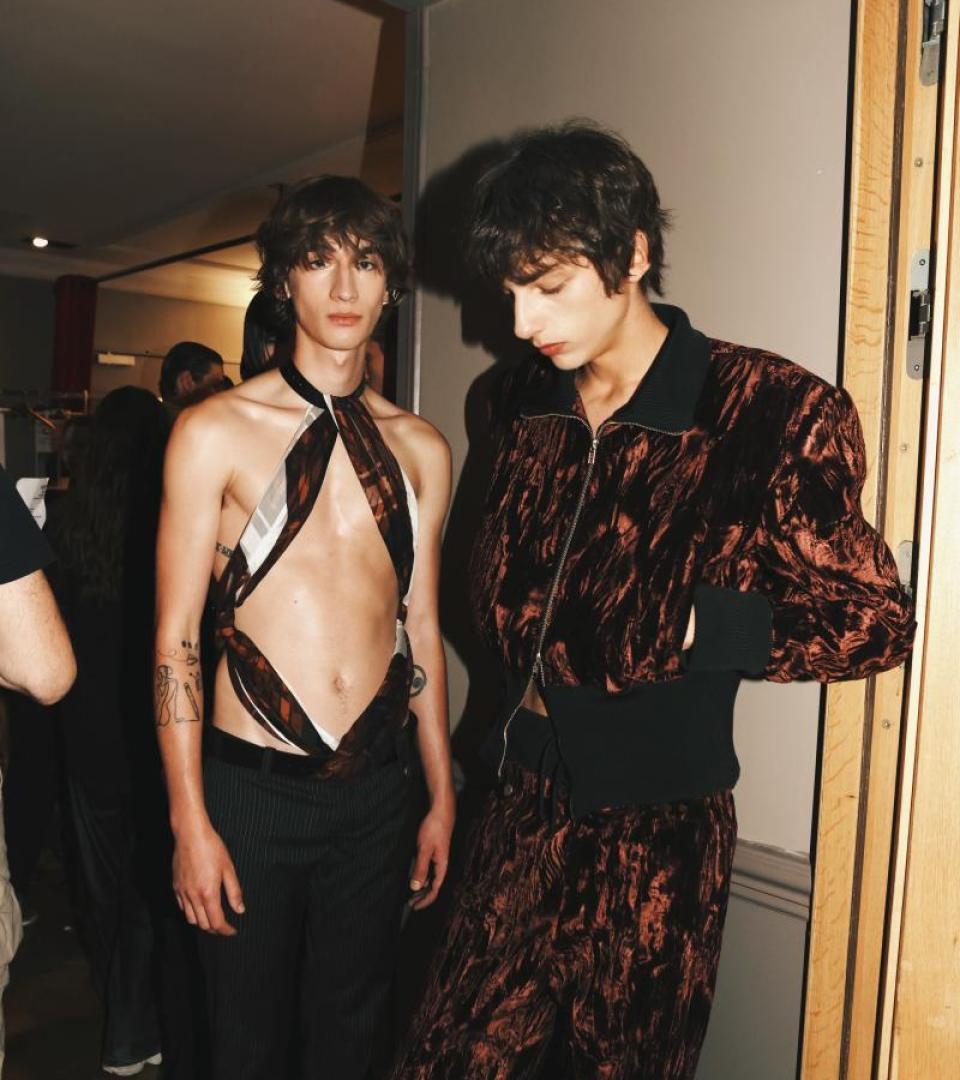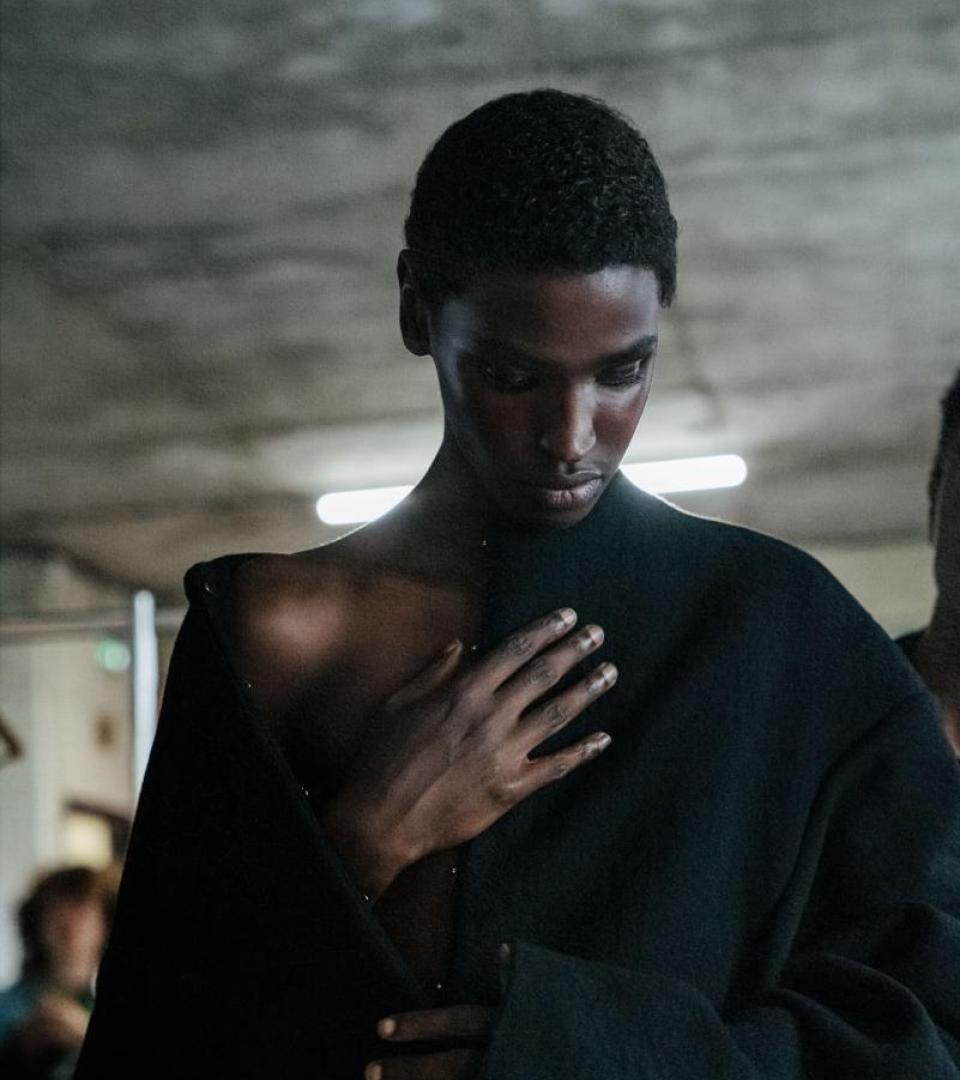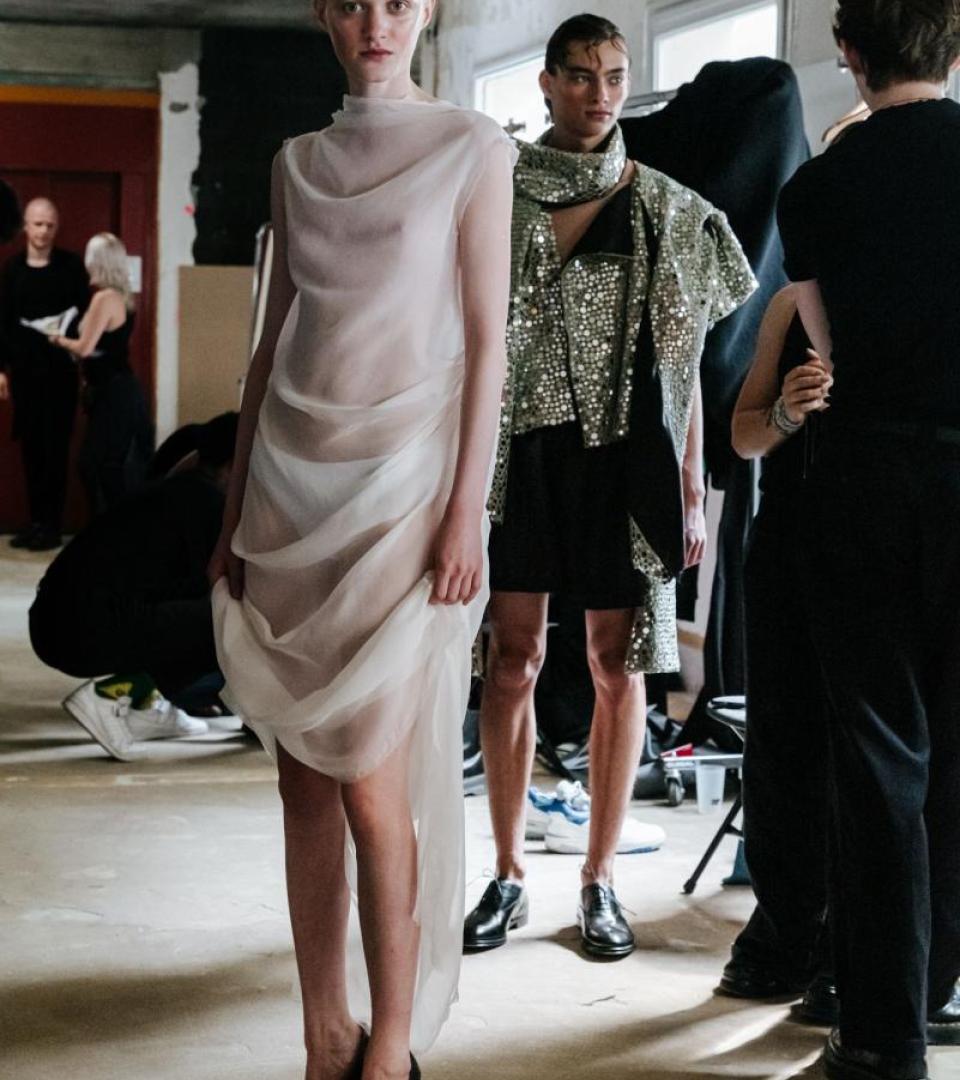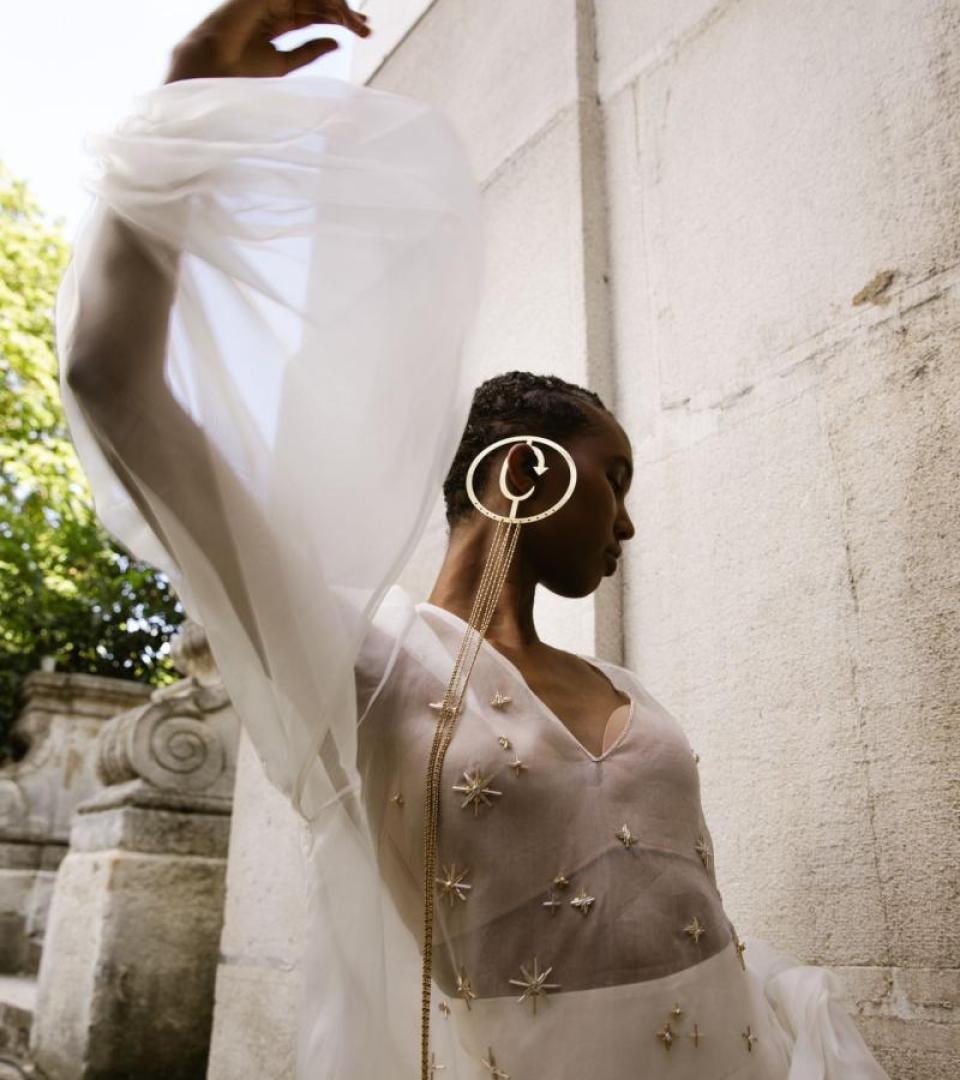In your view, how significant are heritage and identity in contributing to a Maison’s consistency today?
Heritage and identity are vital for the continued success of a Maison, and these two factors should be at the very heart. If you look at the most successful and long-lasting companies, such as Dior and Chanel, they are.
Haute Couture has gained widespread popularity due to overcommunication. Do you see this as an advantage or a disadvantage?
Haute Couture is widely discussed and receives a lot of press, which is a clever strategy for brands as it allows them to maintain a reputation for excellence whilst making money selling associated products, such as lipstick. The reality is that fewer people than ever can actually afford haute couture.
In today’s fast-paced society, how can it coexist with the slow processes of crafting Haute Couture?
Haute Couture has never been for the masses, however I think it is part of a wider conversation about over consumption. A generation ago, almost everyone's grandmother would have had basic dressmaking skills — clothes were made to last. Those skills have been lost and are at risk of extinction, which is why it is so important for the larger Maisons to keep the highest form of the craft alive.
How do you envision the future of Haute Couture?
For me, Haute Couture is truly the purest art form in existence. I have always been amazed at the skill of the craft — these pieces of such beauty, made by the human hand. Pattern cutting, sewing and embroidery are all incredibly time-consuming disciplines and these pieces are pain staking to produce.
What excites you most about fashion at the moment?
Working in the industry I do, my mind is very much focused on history, on discovering and preserving the past for future generations. There is very little which excites me about contemporary fashion, with the exception of Iris Van Herpen and Daniel Roseberry. Iris is truly the genius of our generation and I was on the small team which was the very first to ever sell her work more than a decade ago. Watching her grow and evolve is just incredible, in a world where designers must sell to the mass market to survive, she is an anomaly. She has managed to establish a successful career doing the exact opposite. Daniel at Schiaparelli is a masterclass in how to revive a couture house. He is incredibly talented and you can see how magnificent it can be when a designer educates themselves on the history of a house and in return receives the support they need to produce their creative vision.
Do trends still matter?
I've never been much of a trend person, but inevitably they do still come and go. Whether they matter is entirely subjective!
This interview has been lightly edited.



